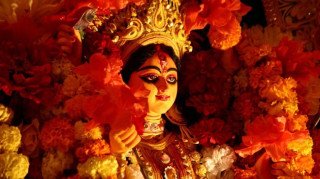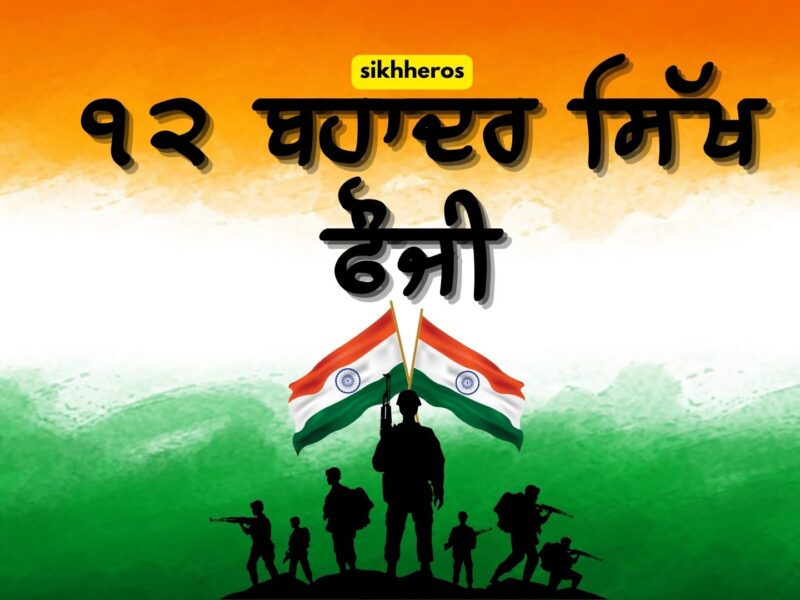The goddess Durga is worshipped in a joyful way during the Navratri festival. The occasion is greeted with pleasure and excitement all across the world. Lord Rama is said to have started the tradition of celebrating Navratri just prior to winter in Hindu belief. Before departing Lanka, he conducted Durga Puja and returned triumphantly. The connotation of “Durga” is that it relieves the responsibilities of life. Goddess Durga’s devotees are full of hope that she will eradicate all miseries from people’s life and replace them with love, contentment, and wealth.
There is a festive atmosphere in the air for the next 9 days. During this time, many folks fast, various forms of worship are offered, and a wide variety of sweets are produced. Different sections of India celebrate Navratri in various ways, but the magnificence and good fortune of the festival are universal.
“Nav” signifies “nine,” and “Ratri” signifies “night.” The festival lasts nine nights and 10 days and takes place twice a year. The primary Navratri festival takes place in the months of October and November. In both, believers of Navratri worship Mother Durga, who represents the Almighty of the Universe’s energies. She is the driving force behind the processes of creation, preservation, and destruction.
Nine manifestations of Durga, known as nav-durga, are worshipped in the following order over the nine days of Navratri
Shailputri : She was born as a daughter (putri) to Himalayas and is the fundamental spirit of the trident Brahma, Vishnu, and Shiva (shaila – mountains)
Bhrahmacharini: This form is associated with penance and austerity, which leads to bliss and moksha.
Chandraghanta: She is a ten-armed mother riding a lion who adores a bell-shaped (ghanta) moon and is the slayer of bad forces.
Kushmanda: She is the universe’s creator, and her name literally means “small warmth cosmic egg.”
Skandamata : is the mother of Skanda, also known as Karthikeya, the Gods’ chief warrior.
Katyayani is a ferocious aspect of Durga, as she is the daughter of sage Katyayan.
Kaalratri: She represents the other side of life, death, as the death of Kaal (time). She is Durga’s most terrifying and vicious manifestation.
Maha Gauri: She is the goddess of tranquilly who bestows wisdom on her worshippers.
Siddhidatri: The giver of boons and the granter of all wishes.
Mahishasura Vadh
As per tradition, Lord Brahma granted the demon king Mahishasura immortality on the stipulation that he be defeated only by a female. When Mahishasura assaulted the three realms of Trilok, which include Earth, Heaven, and Hell, no one could defeat him. Lord Brahma, Lord Vishnu, and Lord Shiva’s forces were then combined to form Goddess Durga.
Mahishasura and Goddes Durga fought for 15 days, wherein the demon king changed shapes to deceive the goddess. While Mahishasura changed into a buffalo, Goddess Durga used her trishul to destroy him. Mahishasura was defeated on Mahalaya Day.


